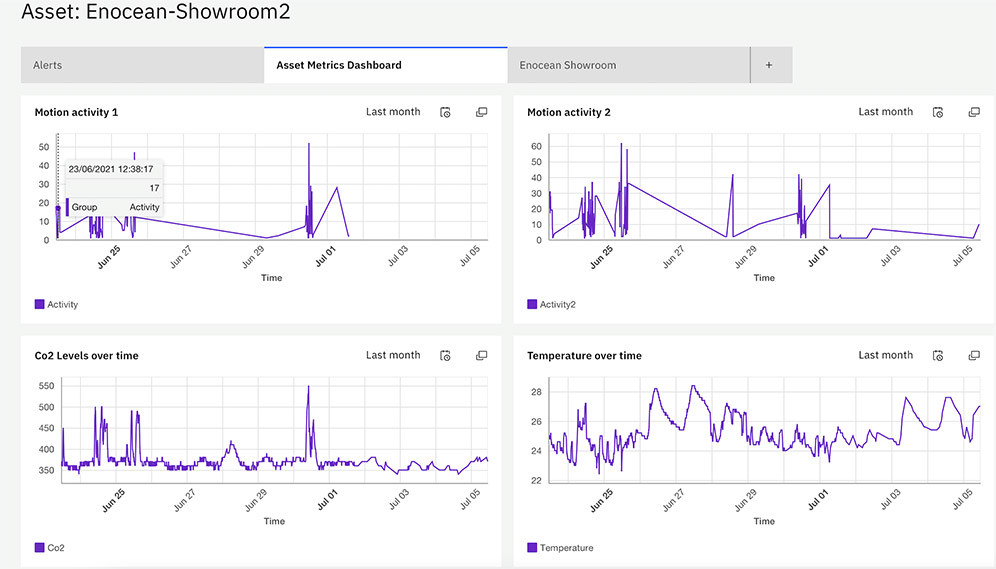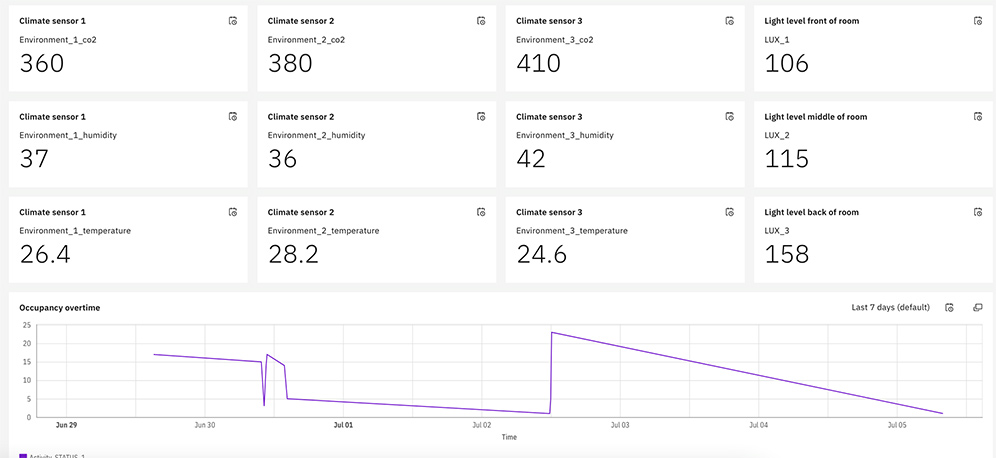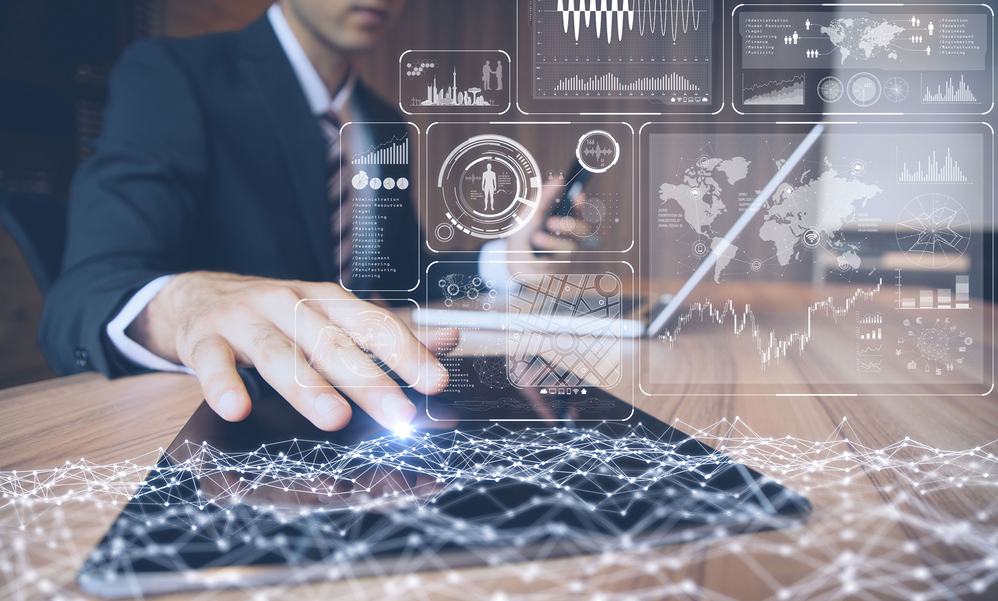IBM: Make your office safe, smart and cost-efficient
Issue 02-2021, 02-2021:
read all articles online
read as pdf
After the coronavirus pandemic, 66% of employees would prefer to be in the office for at least a couple of days a week, as this IBM Institute of Business Value Study shows. Companies have to make sure that their employees can return to a safe and trustworthy workplace. They must ensure that critical workplace services are available where and when they’re needed. At the same time, there is increased pressure to reduce costs and restructure their real estate portfolio.
Consequently, it’s essential that businesses know how their buildings are being used in terms of usage and environmental behavior. This can be achieved by leveraging sensor data. Sometimes data from the Building Management System (BMS) can be leveraged, but in some cases it makes more sense to install extra sensors.

EnOcean sensors linked to IBM IoT platform
At the IBM Watson Center Munich, we equipped a meeting room with a total of 36 EnOcean sensors and a variety of about 10 different sensor types. They run on the IBM IoT platform, which interconnects all the sensor data via the IBM Maximo Asset Monitor. The sensors – which can even detect noise in the form of sound pressure – monitor the activity level as well as the air quality. This data is fed into two dashboards. The first contains a large amount of data in the form of gauges. The second provides a more detailed view of several sensors as well as the associated activity in the room. With the dashboard’s alert function, users can monitor the room’s CO2 level. This is extremely important because the CO2level heavily impacts the air quality and can cause headaches, fatigue, or even worse.
The dashboards monitor in real time:
- How frequently and by how many people the room is used;
- The air quality in the room (based on temperature, CO2, VOC, noise level, etc.);
- Whether the room is empty despite being reserved or whether there’s someone in the room even though there’s no reservation.

On the one hand, this data permits more precise decisions in terms of space management, such as whether the room is being used efficiently or should be divided into two smaller rooms. On the other hand, the system forwards this information to the users – the employees – allowing them to check whether or not the room is occupied. By connecting the sensor data to the room booking system, it’s possible to obtain a holistic overview of the digital reservations and physical world. This means that if the room is not booked but someone is in it, employees see this on their mobile phone and don’t need to waste time going to the room only to find out that it’s already occupied.

Improving air quality
With environmental data, it’s also possible to provide an additional service to employees: By combining weather data with historical environmental data from the sensors and historical data about usage, a model can be trained to predict air quality in the future. With this feature, employees receive recommendations regarding which room to select for a specific number of people in order to ensure that the air quality will be just right.
https://www.ibm.com/business-operations/resources/munich-center
New articles in Smart Spaces
Top articles





